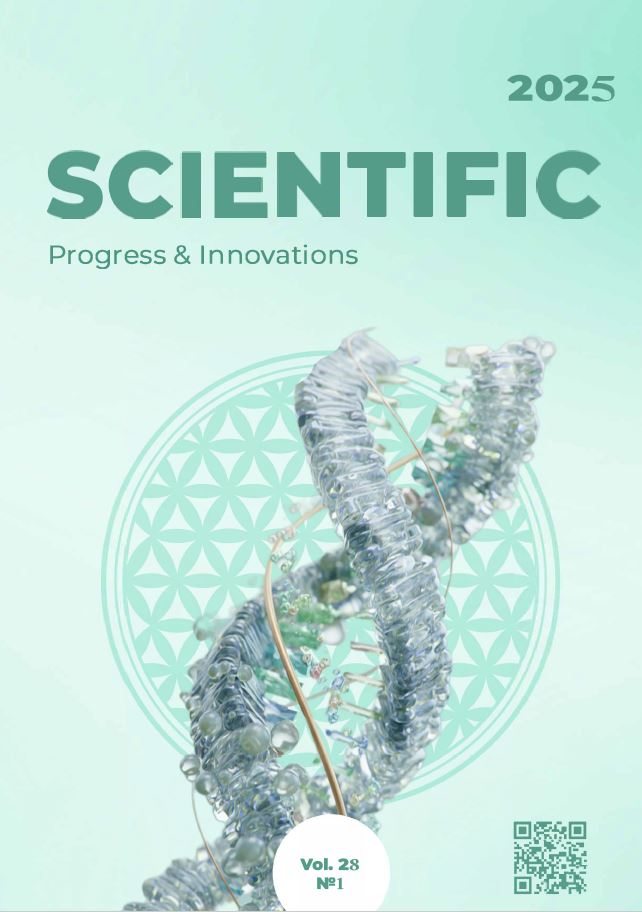Economic efficiency of different levels of mineral nutrition in amaranth growing technology
DOI:
https://doi.org/10.31210/spi2025.28.01.04Keywords:
amaranth, mineral fertilizers, economic efficiency indicatorsAbstract
The article presents the results of research that became the basis for establishing indicators of economic efficiency of mineral fertilizer application rates when growing amaranth. According to the experimental scheme, seven fertilizer rates were studied: N0Р0К0 (control), N40P20K40, N80P40K80, N120P40K80, N160P60K120, N200P80K120, N200P80K160. The research was conducted at the experimental field of the Lviv National University of Environmental Management on dark gray podzolized soil in 2019–2021 in the conditions of the western Forest-Steppe of Ukraine. It was found that increasing the rates of mineral fertilizer application when growing amaranth of the Kharkivskyi 1 variety contributed to increasing grain yield and improving economic efficiency indicators. It was found that the amount of technology costs for the N200P80K160 mineral fertilizer rate is the highest and amounts to 52,130 UAH, which is twice as high as in the control. Fertilizer costs in this variant increased to 27,450 UAH. The cost price of 1 ton of amaranth grain, despite the increase in costs for cultivation technology, was in a rather narrow range and fluctuated within 10,087–10,682 UAH. This is explained by the high efficiency of mineral fertilizers in conditions of sufficient moisture, which ensured an increase in yield from 2.31 t/ha in the control to 4.88 t/ha with the application of N200P80K160, i.e. by 2.57 t/ha. The net profit in the control without fertilizers was quite high and amounted to 33,067 UAH/ha. With the application of the N40P20K40 fertilizer rate, net profit increased to 43,673 UAH. Doubling the fertilizer rate in the variant with the application of N80P40K80 ensured an increase in net profit to 51,529 UAH. In the variant with the N120P40K80 fertilizer rate, it increased to 58,908 UAH, and with the application of N160P60K120, it increased by 66,514 UAH. This indicator was the highest in the variant with the N200P80K120 application and amounted to 70,813 UAH. Increasing the rate of potash fertilizers to K60 in the latter variant turned out to be economically inefficient and led to a decrease in net profit by 943 UAH. The level of profitability in the studies ranged from 134–149 %.
Downloads
Published
How to Cite
Issue
Section
License
Copyright (c) 2025 Scientific Progress & Innovations

This work is licensed under a Creative Commons Attribution 4.0 International License.

 Creative Commons Attribution 4.0 International Licens
Creative Commons Attribution 4.0 International Licens